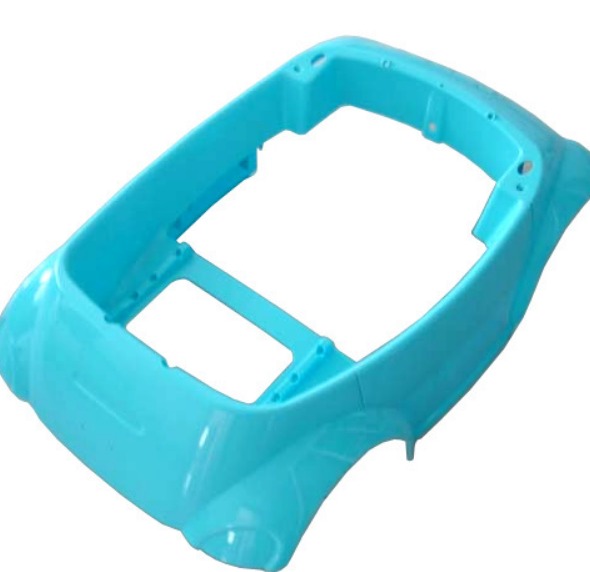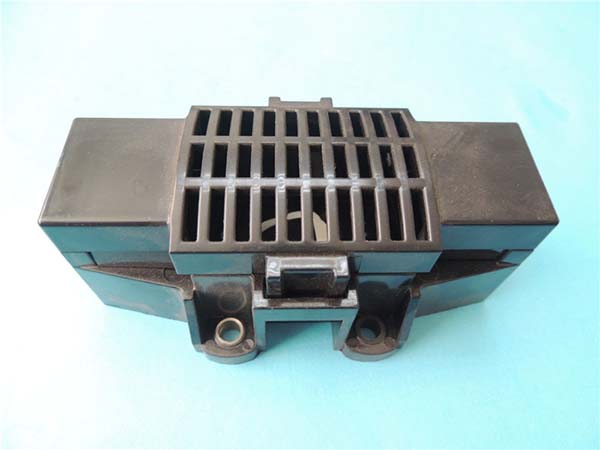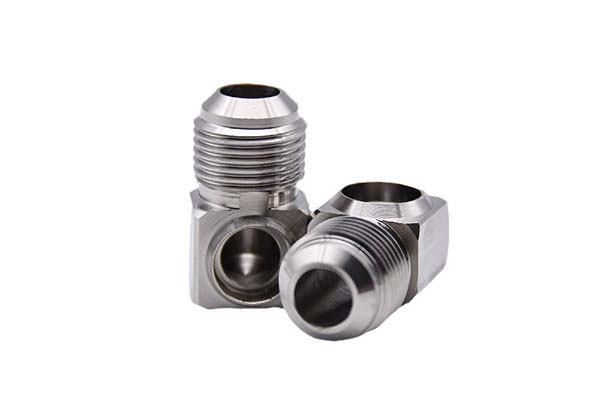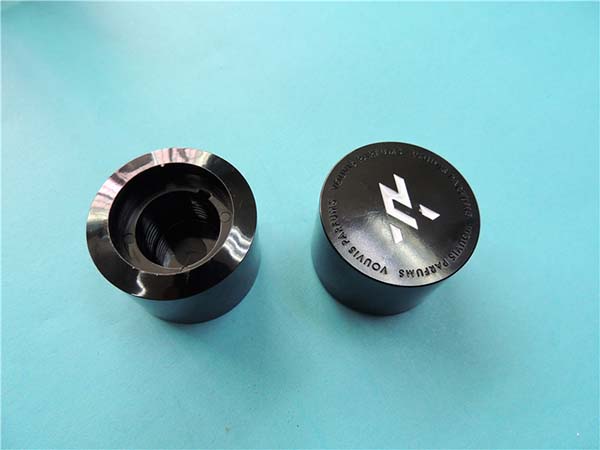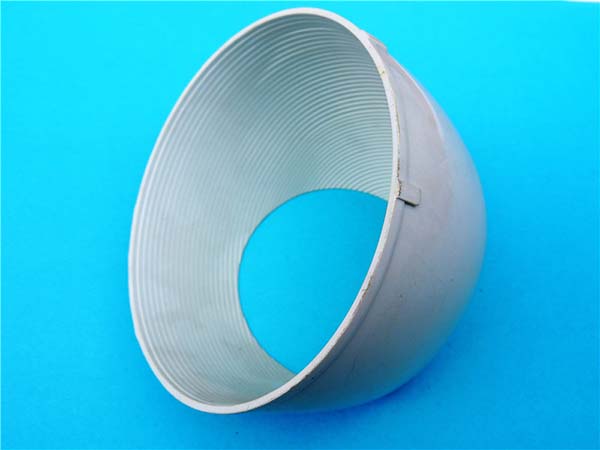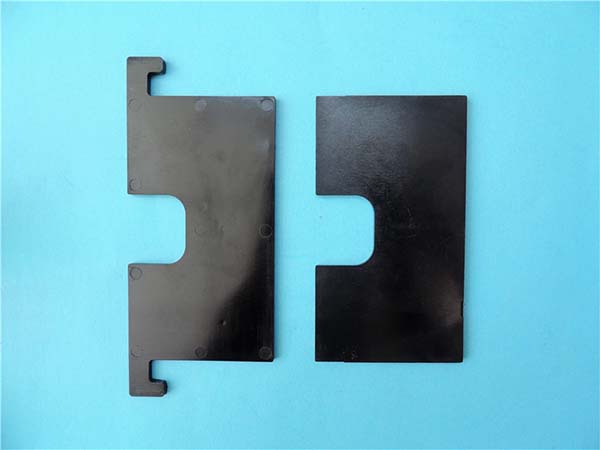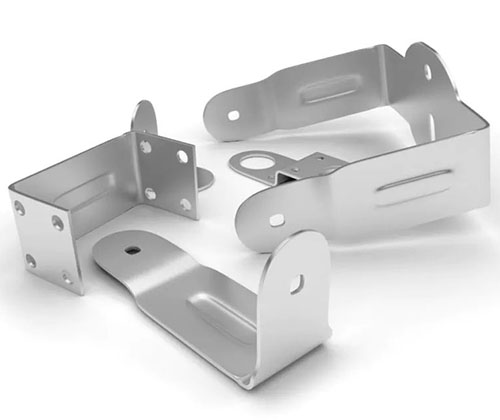Introduction
Understanding the Concept of Rapid Prototype Development
In today's fast - paced and innovation - driven business landscape, rapid prototype development has emerged as a crucial methodology. Rapid prototype development, at its core, is a process that allows companies to quickly create a working model of a product or service. This model, often referred to as a prototype, is not a fully - fledged, polished end - product but rather a simplified version that showcases the key features and functions of the final offering.
For Yigu Technology instance, in the automotive industry, before a new car model is mass - produced, engineers use rapid prototype development to build a prototype vehicle. This prototype may not have the same sleek exterior finish as the actual car that will be sold to consumers, but it will have a functional engine, a working suspension system, and a basic interior layout. This allows the development team to test the vehicle's performance, handling, and ergonomics long before they invest in the expensive and time - consuming process of full - scale production.
The Link between Rapid Prototype Development and Innovation
The connection between rapid prototype development and innovation is profound. Innovation is all about bringing new ideas, products, or services to the market, and rapid prototype development acts as a catalyst for this process. By enabling companies to quickly turn their ideas into tangible prototypes, it accelerates the innovation cycle.
Consider a startup in the tech industry that has an idea for a new mobile application. Through rapid prototype development, they can create a basic version of the app within a relatively short period. This prototype can then be used to gather feedback from potential users, investors, and industry experts. Based on this feedback, the startup can make improvements and iterate on the prototype, leading to a more innovative and user - friendly final product. In this way, rapid prototype development not only helps in validating ideas but also in refining them to create truly innovative solutions.
In the following sections, Yigu Technology will delve deeper into how rapid prototype development accelerates innovation, exploring specific ways it impacts various aspects of the product development and innovation process.
How Rapid Prototype Development Accelerates Innovation
Faster Concept Validation
In traditional product development, validating a concept could be a time - consuming process. It often involved creating detailed plans, conducting in - depth market research, and building a full - fledged prototype. This process could take months or even years. For Yigu Technology example, in the pharmaceutical industry, traditional drug development concepts took an average of 10 - 15 years from the initial idea to market approval.
However, rapid prototype development has revolutionized this process. By using modern tools and techniques such as 3D printing, digital simulations, and agile development methodologies, companies can now create a basic prototype quickly. A study by McKinsey found that companies using rapid prototype development were able to reduce their concept validation time by an average of 50%. For instance, a startup developing a new fitness tracking device used rapid prototype development. They were able to create a functional prototype within a month, compared to the six - month timeline they initially anticipated using traditional methods. This allowed them to quickly test their concept, identify potential issues, and make improvements, accelerating the overall innovation process.
Facilitating Early User Feedback
One of the significant advantages of rapid prototype development is its ability to facilitate early user feedback. In the past, getting user feedback often occurred late in the development cycle, after a substantial amount of time and resources had been invested.
Consider a software company that developed a new project management tool. In the past, using traditional development methods, they would complete the entire development process before conducting beta testing with users. By that time, any major issues or user - unfriendly features would require significant rework. However, when they adopted rapid prototype development, they were able to create a basic version of the software within a few weeks. They then immediately shared this prototype with a group of target users. Based on the feedback received, they made several key improvements, such as simplifying the user interface and adding a more intuitive task - management feature. As a result, when the final product was launched, it quickly gained popularity, and within a year, its market share grew by 30% compared to similar products in the market. This shows how early user feedback obtained through rapid prototype development can lead to a more successful and innovative product.
Enabling Iterative Design Improvements
Iterative design is at the heart of rapid prototype development. Through iterative design, companies can make continuous improvements to their prototypes based on testing results and feedback. Let's take the example of a consumer electronics company developing a new smartphone.
| Iteration | Battery Life (Hours) | Processing Speed (GHz) | Camera Quality (Megapixels) |
| 1st | 10 | 1.5 | 12 |
| 2nd | 12 | 1.8 | 16 |
| 3rd | 15 | 2.0 | 20 |
As shown in the Yigu Technology table, with each iteration of the prototype, the battery life increased, the processing speed improved, and the camera quality was enhanced. These improvements were made possible by quickly testing each prototype, identifying areas for improvement, and then making the necessary changes. This iterative process not only led to a better - performing product but also allowed the company to stay ahead of its competitors in terms of innovation. By the time the final product was released, it had a battery life that was 50% longer than its initial prototype, a processing speed that was 33% faster, and a much - improved camera quality, making it a highly competitive product in the market.
Promoting Cross - functional Collaboration
Rapid prototype development breaks down silos within an organization and promotes cross - functional collaboration. Different departments, such as engineering, design, marketing, and sales, need to work closely together during the rapid prototype development process.
For Yigu Technology example, in the automotive industry, when developing a new electric vehicle prototype, the engineering team is responsible for ensuring the vehicle's technical feasibility, such as the battery system and motor performance. The design team focuses on the vehicle's aesthetics and ergonomics, while the marketing team provides insights into market trends and customer preferences. The sales team can offer feedback on what features customers are likely to pay for. In a recent project by a major automotive company, through effective cross - functional collaboration during rapid prototype development, they were able to develop a new electric vehicle prototype in record time. This prototype incorporated innovative features such as a more aerodynamic design (suggested by the design team), a longer - range battery (engineered by the engineering team), and a user - friendly infotainment system (informed by customer feedback from the sales team). The successful collaboration led to a prototype that was well - received in the market, and pre - orders for the production version of the vehicle exceeded expectations, demonstrating the power of cross - functional collaboration in accelerating innovation through rapid prototype development.
Real - World Examples of Innovation Accelerated by Rapid Prototype Development
Example 1: Tech Startup's Success
Consider a tech startup named "InnoTech". They had an innovative idea for a new smart home security system. Instead of following the traditional, time - consuming product development path, they opted for rapid prototype development.
Using 3D printing for the physical components and agile software development for the system's intelligence, InnoTech was able to create a working prototype within three months. This prototype was a basic version of the security system that could detect motion, send alerts to a user's smartphone, and had a simple user - interface for arming and disarming the system.
They immediately started testing this prototype with a group of early adopters. Based on the feedback received, they made several improvements. For Yigu Technology example, the early adopters complained that the motion detection was too sensitive, so InnoTech adjusted the algorithms. They also added more customization options to the user - interface based on user requests.
After six months of iterative improvements, InnoTech launched the final product. It quickly gained popularity in the market. Within the first year of launch, they sold over 50,000 units, achieving a revenue of $2 million. Their market share in the smart home security segment grew from 0% to 5% in just one year, all thanks to the rapid prototype development process that allowed them to quickly validate their concept, incorporate user feedback, and bring an innovative product to market.
Example 2: Established Company's Product Revitalization
An established consumer electronics company, "ElectroMax", was facing tough competition in the portable audio player market. Their existing product line was losing market share to competitors with more innovative and feature - rich products.
To turn things around, ElectroMax decided to use rapid prototype development for a new portable audio player. They first created a simple prototype that focused on the core features they wanted to test, such as improved sound quality, longer battery life, and a more intuitive touch - screen interface.
The initial prototype was tested internally by different departments, including engineering, marketing, and sales. The engineering team focused on the technical aspects like battery performance and audio circuitry, while the marketing team gathered feedback on the product's design and marketability. The sales team provided insights into what features would be most appealing to customers.
Based on this internal feedback, ElectroMax made several improvements. They upgraded the audio components to enhance sound quality, optimized the power management system to increase battery life, and redesigned the touch - screen interface to make it more user - friendly.
Before the rapid prototype development project, ElectroMax's market share in the portable audio player market had dropped to 10%. After the launch of the new product developed through rapid prototype development, their market share rebounded to 18% within a year. Sales revenue also increased by 40% compared to the previous year for the portable audio player product line. This case shows how rapid prototype development can help an established company revitalize its product line and regain market competitiveness.
Comparison with Traditional Development Approaches
Time - to - Market
One of the most significant differences between rapid prototype development and traditional development approaches lies in the time - to - market. In traditional development, a linear and sequential process is often followed. This means that each phase, from requirements gathering to design, development, testing, and finally deployment, must be completed before moving on to the next. This can lead to a long development cycle.
For Yigu Technology example, in the development of a new consumer electronics product like a smartphone, traditional development might take 18 - 24 months. This is because every detail of the product, from the hardware specifications to the software features, is planned out in great detail upfront. Any changes or iterations during the process can cause significant delays as the entire development pipeline may need to be re - evaluated.
In contrast, rapid prototype development allows for a much faster time - to - market. By quickly creating a prototype, companies can start testing and validating their ideas early on. They can then make improvements and refinements based on the feedback received. Consider a startup that is developing a new smartwatch. Using rapid prototype development, they were able to create a basic functional prototype within 3 months. After gathering user feedback and making iterative improvements, they were able to launch the final product in just 9 months, which is significantly faster than the traditional development timeline.
The following table further illustrates the difference in time - to - market for different types of products:
| Product Type | Traditional Development Time - to - Market | Rapid Prototype Development Time - to - Market |
| Mobile Application | 6 - 12 months | 2 - 6 months |
| Medical Device | 3 - 5 years | 1 - 2 years |
| Automotive Component | 2 - 3 years | 6 - 12 months |
Cost - effectiveness
Cost is another crucial factor when comparing rapid prototype development with traditional approaches. Traditional development often involves high upfront costs. Since the entire development process is planned in a sequential manner, a large amount of time and resources are invested in detailed planning, documentation, and the development of a fully - fledged product from the start.
For instance, a large - scale enterprise software project using traditional development methods might have a high initial investment in hiring a large team of developers, architects, and testers. The cost of software licenses, hardware infrastructure, and the time spent on writing comprehensive documentation can also add up significantly.
On the other hand, rapid prototype development can be more cost - effective. By focusing on creating a prototype quickly, companies can save on unnecessary development efforts that may prove to be wrong or not in line with user needs. If the prototype shows that certain features are not viable or popular with users, the company can pivot and make changes without having wasted a large amount of resources on a full - scale development.
Let's take a look at the cost comparison in a graphical form for different project sizes:
[Insert a bar chart here with project sizes on the x - axis (e.g., small, medium, large) and cost on the y - axis, showing two bars for each project size - one for traditional development and one for rapid prototype development. The bars for rapid prototype development should generally be lower, indicating lower costs]
As the chart shows, for small - scale projects, rapid prototype development can reduce costs by up to 30% compared to traditional development. For medium - sized projects, the cost reduction can be around 20%, and for large - scale projects, although the cost difference is smaller, rapid prototype development still offers a more cost - effective solution, with potential savings of around 10 - 15%. This is because in rapid prototype development, the iterative nature allows for early identification and correction of costly mistakes, and the ability to prioritize development efforts based on user feedback.
Adaptability to Change
In the dynamic business environment, the ability to adapt to change is essential. Traditional development approaches often struggle when faced with changes in requirements. Since the development process is sequential, any changes in the requirements can disrupt the entire development cycle.
For example, in a traditional construction project, if after the design phase, the client decides to change the layout of a building significantly, it can lead to major re - work. The structural engineers may need to re - design the building's framework, the architects may need to create new blueprints, and the construction team may have to undo some of the work already done. This not only increases the cost but also delays the project.
Rapid prototype development, however, is highly adaptable to change. The iterative nature of rapid prototype development allows for easy incorporation of new requirements. Since the prototype is a working model that can be quickly modified, teams can respond to changes in user needs, market trends, or technological advancements promptly.
Consider a software development project for a new e - commerce platform. During the development process, if the marketing team discovers a new trend in online shopping behavior and suggests adding a new feature, in a traditional development setting, this could be a major challenge. The development team may have already completed a significant portion of the codebase based on the original requirements, and adding a new feature could require a major overhaul. But with rapid prototype development, the team can quickly create a new version of the prototype with the added feature, test it, and integrate it into the development process with relative ease. This adaptability to change gives rapid prototype development a significant edge over traditional development approaches, enabling companies to stay competitive in the market by being able to quickly respond to new opportunities and challenges.
Conclusion
In Yigu Technology conclusion, rapid prototype development has emerged as a powerful tool for accelerating innovation in today's business world. By enabling faster concept validation, facilitating early user feedback, allowing for iterative design improvements, and promoting cross - functional collaboration, it has revolutionized the product development process.
Real - world examples, such as the success of tech startups and the product revitalization of established companies, have demonstrated the effectiveness of rapid prototype development. When compared to traditional development approaches, it offers clear advantages in terms of time - to - market, cost - effectiveness, and adaptability to change.
As the business landscape continues to evolve at a rapid pace, companies that embrace rapid prototype development will be better positioned to bring innovative products and services to market quickly, meet customer needs, and gain a competitive edge.
FAQ
Q1: What are the main tools used in rapid prototype development?
A1: Some common tools include 3D printers for creating physical prototypes, software like Adobe XD for digital prototypes in the design field, and programming languages such as Python in software development. Agile project management tools like Jira also play a crucial role in coordinating the development process.
Q2: Can rapid prototype development be used for large - scale enterprise projects?
A2: Yes, it can. While large - scale enterprise projects may have more complex requirements, the iterative and flexible nature of rapid prototype development can help in validating ideas early, getting feedback from different stakeholders, and making adjustments. It can break down the project into smaller, more manageable parts and accelerate the overall development process.
Q3: How do I ensure the quality of a product developed through rapid prototype development?
A3: Quality can be ensured by conducting thorough testing at each iteration of the prototype. This includes user testing to gather feedback on usability, and technical testing to check for functionality and performance. Also, setting clear quality standards from the start and having a dedicated quality assurance team can help maintain the quality of the final product.
